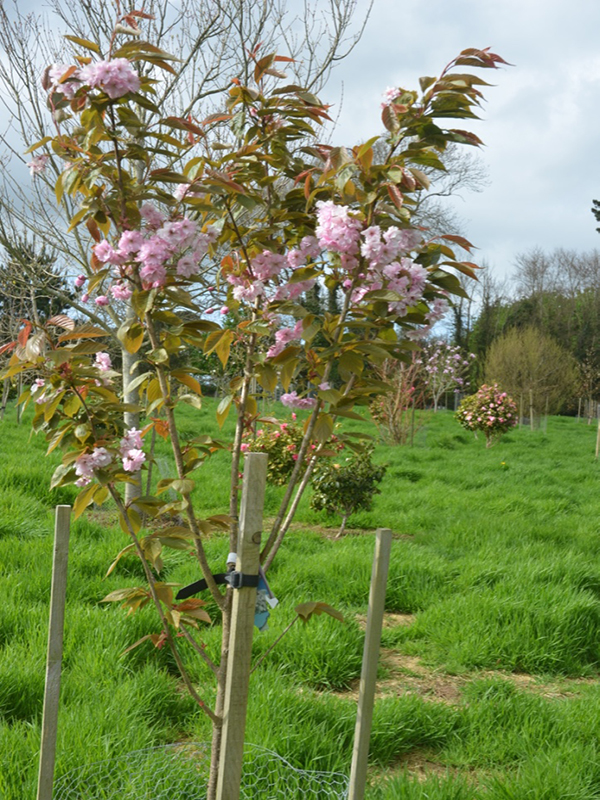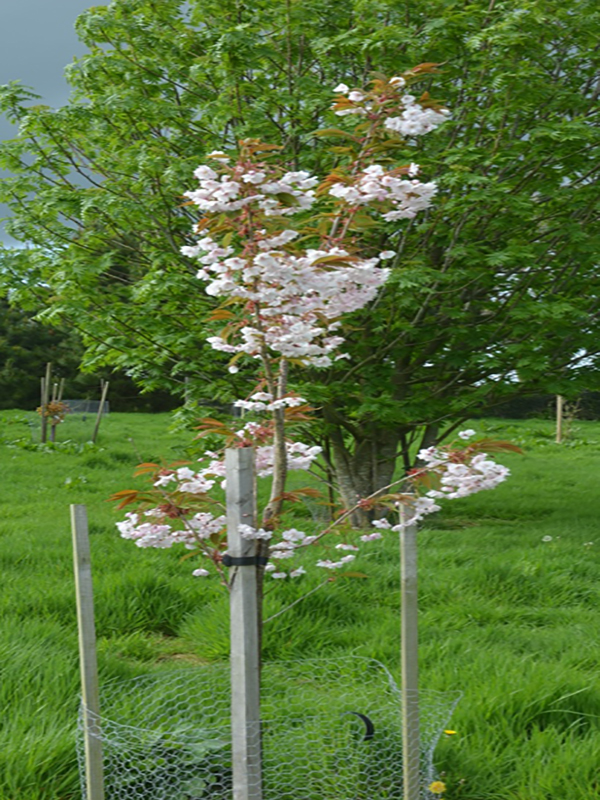
Woody > Prunus > Prunus
Prunus
Origin: The genus Prunus is native to northern temperate regions.
| Family |
| Rosaceae |
| Genus |
| Prunus |
| Category |
| Woody |
| Type |
| Tree (deciduous), Tree (evergreen), Shrub (deciduous), Shrub (evergreen) |
| USDA Hardiness Zone |
| 3 - 8 |
| Canadian Hardiness Zone |
| 3a - 8a |
| RHS Hardiness Zone |
| H7 - H4 |
| Temperature (°C) |
| (-37) - (-7) |
| Temperature (°F) |
| (-35) - 20 |
| Height |
| 4.5-7.5 m |
| Spread |
| 4.5-7.5 m |
Photographs
Description and Growing Information
Flowering Period
| General Description |
| A. genus of more than 400 species of flowering shrubs and trees in the rose family (Rosaceae). It includes fruit such as plums, cherries, peaches, nectarines, apricots, and almonds. In addition, many species flower prolifically and are grown as ornamentals. |
| Landscape |
| In single stem form it can be used as a landscape plant that will add winter interest with its long fine branching and in spring with showy flowers. Additionally it can be used as a windbreak or screen since it can be grown close together and pruned to form a thicket. |
| Cultivation |
| Full sun to partial shade. Highly adaptable in loam to clay soils. |
| Growth |
| Medium |
| ID Characteristic |
| Members of the genus can be deciduous or evergreen. A few species have spiny stems. |
| Leaf Description |
| Simple, alternate, usually lanceolate, unlobed, and often with nectaries on the leaf stalk. |
| Flower Description |
| White to pink, sometimes red, with five petals and five sepals. |
| Fruit Description |
| A fleshy drupe with a single relatively large, hard-coated seed (a stone fruit). |
| Propagation |
| By seed, grafting, or softwood cuttings. |
| Ethnobotanical Uses (Disclaimer) |
| Many members of the genus are widely cultivated for their fruit and for decorative purposes. Most Prunus fruit and seeds are commonly used in processing, such as jam production, canning, drying or roasting. |

